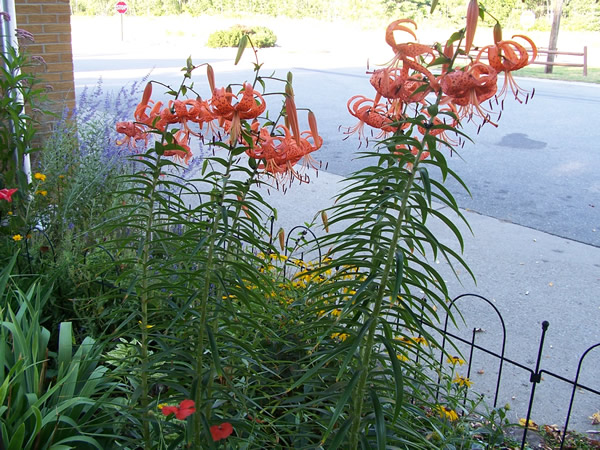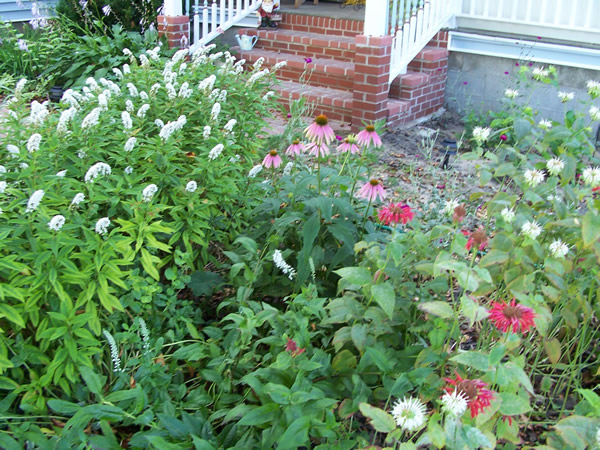Operation Rutabaga
by Carl Zebrowski
When the Japanese bombed Pearl Harbor on December 7, 1941, everyone in America began to worry. For US Secretary of Agriculture Claude R. Wickard, the worrying focused on whether American farmers could provide enough food for servicemen overseas and still fulfill the requirements at home. But a surplus of food wouldn’t be good, either. Following the law of supply and demand, prices would drop. Farmers would lose money on everything they sold and start going out of business. That could be disastrous. Wickard later summed up this conundrum as "scared to death you wouldn’t have enough, scared to death you’d have too much."
Still, it was the prospect of not having enough that Wickard feared most. At the end of 1941, he urged Americans to break soil in the spring and plant vegetable seeds so they could grow their own food, freeing up farmers to feed the troops. "Victory Gardens," a term that had originated late in World War I, was the name he gave to the plots the citizens would soon be tending.
Before long, millions of Americans were digging up their back yards and sowing seeds. Even city-dwellers were carving out 8-by-10-foot blocks from tiny yards so they could participate. There were also communal plots in municipal parks and other public places-including such unlikely sites as Oregon’s Portland Zoo, Chicago’s Arlington Park race track, and San Francisco City Hall. Some companies, particularly manufacturers of war goods, started their own farms of several hundred acres to supply their employee cafeterias.
Victory Gardens big and small were sown with tomatoes, beets, carrots, peas, and radishes. And when seeds for those and other popular vegetables grew scarce, the gardeners took their chances on rutabagas, kohlrabi, and parsnips. "I can never forget the kohlrabi," recalled Elaine W. Kniskern on the Daily Star Online website. "It was a strange thing, or perhaps I was strange, but I loved kohlrabi sliced raw and never cooked."
In 1943, do-it-yourself farming operations reached their peak, with the so-called Sunday Farmers tending 20 million plots and harvesting fully one-third of the fresh vegetables consumed in the United States.
The Sunday Farmers received plenty of instructional aid. Newspapers and magazines printed countless columns of advice and tips. Seed companies and magazines such as <I>Good Housekeeping<P> and <I>House and Garden<P> published reams of public service booklets that described the essentials. Armed with some gumption, a few basic tools, and an armload of reading material that explained when to plant what, how to care for the growing garden, and how to get rid of destructive pests, the Sunday Farmer was ready to make a real contribution to the war effort.
Despite the fact that Americans on the home front were growing much of their own food, farmers fared very well through the war. Congress helped by legislating price floors, while the farmers, most of whose workers were exempted from the draft, produced a surplus-enough to be able to send 10 percent of their produce overseas to friendly markets. From 1940 to 1945, the income of commercial farmers exploded an astounding 400 percent.
By war’s end, commercial farmers, who were reaping more profits than ever, had harvested 10 million tons of food. Victory Gardeners were not far behind, having produced an incredible 8 million tons. But perhaps the biggest yield of all those little vegetable plots was the boost in spirits they created on the home front. "It was a great morale thing," said Kelly Holthus, quoted on the Wessels Living History Farm website about his wartime boyhood in Loomis, Nebraska. "And for young people like me, it was, you know, I could do my part. I was a part of the effort."
The Victory Garden program turned out be the least controversial and most popular of all civilian war efforts. With farmers faring so well and morale at home climbing so high, there was little to complain about, especially when you added in the program’s greatest unexpected and underreported dividend: America’s diet improved. Thanks to those millions of painstakingly tended gardens, Americans, rich and poor, young and old, ate healthier than ever."
...............................................................
Carl Zebrowski is the managing editor and website editor of America in WWII. This article originally appeared in the December 2005 issue of America in WWII.
Proud Daughter of Walter (Monday) Poniedzialek
540th Engineer Combat Regiment, 2833rd Bn, H&S Co, 4th Platoon
There's "No Bridge Too Far"








